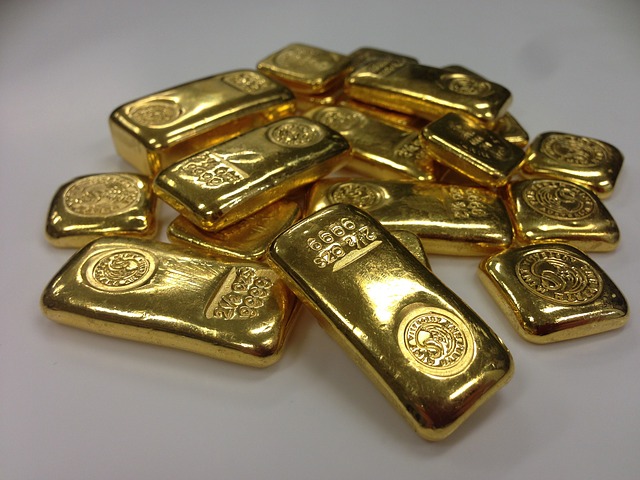Gold has always been one of the most popular investment assets. Especially in times of crisis, many investors take refuge in safe assets such as gold. It is therefore not surprising that gold production worldwide has been steadily increasing for years.
Australia is one of the main producing countries. The country has numerous rich gold deposits, so many of the major international mining companies operate in Australia. But it is not only these companies that are constantly expanding their mines and searching for new gold deposits, because the country also attracts many small and medium-sized exploration and mining companies.
Gold production continues to set new records
Gold mining has a long tradition in Australia. So it is not surprising that Australia has been the country with the highest gold production in the world after China for years. Gold production is characterized by ever new production records.
While around 321 tons of gold were produced in 2019, Australia reached a new record level of around 330 tons of gold in 2021.
In addition to the large mines of the international mining giants, mining production in Australia, with 66 different mining sites, is mainly characterized by small and medium-sized mining companies.
The increasing demand for the yellow precious metal and the fluctuating, but nevertheless steadily rising gold prices for years lead to the expansion of production capacities and the discovery and exploration of new deposits.
But mining itself also changed over the years and is subject to constant change.
Mine expansions and relocations
The Cadia Mine in the state of New South Wales is the largest and most productive mine in the country. In 2019, 913000 ounces of gold were mined there. The mine is operated by the Australian mining giant Newcrest Mining. To ensure that the Cadia mine can continue to operate beyond 2050, Newcrest plans to invest a total of US$600 million in 2022/2023 to extend the life of the mine.
Other gold producers, such as the U.S. mining group Newmont Mining, are also planning similar investments to extend the life of their mines or increase production.
In addition, gold mining in Australia is increasingly moving underground as the easily accessible deposits are slowly being depleted. For example, the South African mining company Anglogold Ashanti has invested around US$74 million to enable underground mining at the Tropicana mine.
Similarly, mining is now taking place underground at the Cowal mine. Evolution Mining invested around 83 million US dollars for this.
Exploration is also expanding
Above all, the increasing demand for gold means that the discovery and development of new deposits in Australia is also expanding rapidly. For example, gold exploration spending increased 19 percent in 2019 alone.
In particular, the search for new deposits is mainly carried out by small to medium-sized exploration companies such as AuStar Gold, Chalice Resources, or Kalamazoo Resources.







